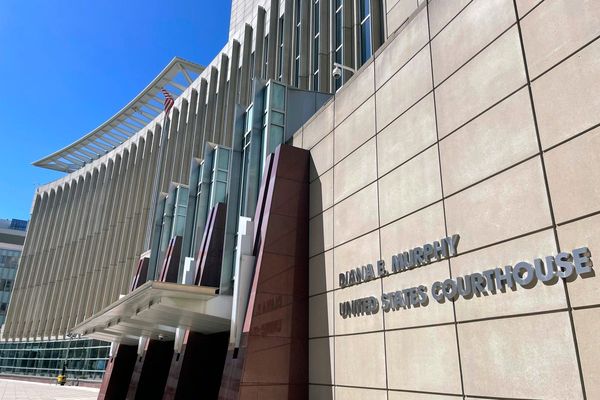
People who retain sharp memories aged 80 years and older tend to have significantly larger nerve cells, or “super-neurons”, in some parts of their brains, according to a new study.
The research, published last week in The Journal of Neuroscience, found that the nerves in an area of the brain responsible for memory called the entorhinal cortex were significantly larger in these individuals than their cognitively average peers.
The researchers dubbed this category of elderly people with strong memory skills “super-agers” and said they exhibited neurons larger than those of average individuals 20 or even 30 years younger.
“The remarkable observation that super-agers showed larger neurons than their younger peers may imply that large cells were present from birth and are maintained structurally throughout their lives,” study lead author Tamar Gefen from Northwestern University said in a statement.
“We conclude that larger neurons are a biological signature of the super-aging trajectory,” Dr Gefen said.
Scientists also found that super-agers did not have tau “tangles”, coils of nerves with abnormal accumulations of a protein called tau, a hallmark signature of Alzheimer’s disease.
“To understand how and why people may be resistant to developing Alzheimer’s disease, it is important to closely investigate the post-mortem brains of super-agers. What makes super-agers’ brains unique? How can we harness their biologic traits to help [the] elderly stave off Alzheimer’s disease?” Dr Gefen said.
In the research, scientists assessed the brains of six super-agers, seven cognitively average elderly individuals, six young individuals and five in the early stages of Alzheimer’s.
Scientists measured the size of neurons in layer II of the entorhinal cortex – which has six layers of neurons packed on top of one another that control memory – and also measured the presence of tau tangles in these cases.
“In this study we show that, in Alzheimer’s, neuronal shrinkage (atrophy) in the entorhinal cortex appears to be a characteristic marker of the disease,” Dr Gefen said.
“We suspect this process is a function of tau tangle formation in the affected cells leading to poor memory abilities in older age,” she added.
In further studies, scientists hope to assess the chemical, metabolic or genetic features of these cells that enable them to be resilient.
Researchers hope to uncover how and why these cells maintain their integrity in super-agers by post-mortem lab tests, probing the cellular environment.
“Identifying this contributing factor (and every contributing factor) is crucial to the early identification of Alzheimer’s, monitoring its course and guiding treatment,” Dr Gefen said.







